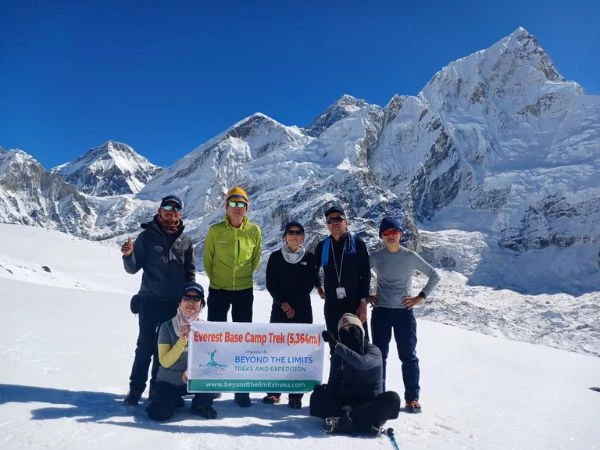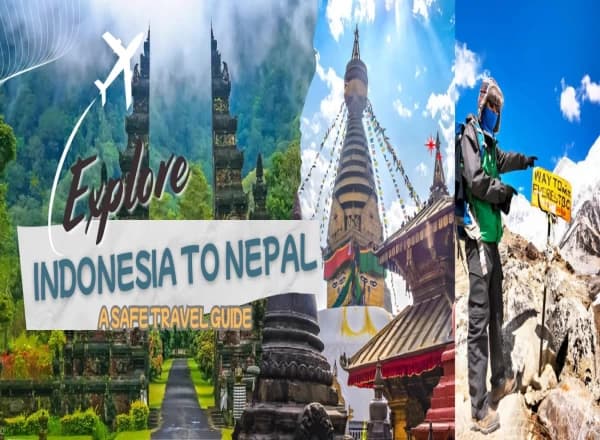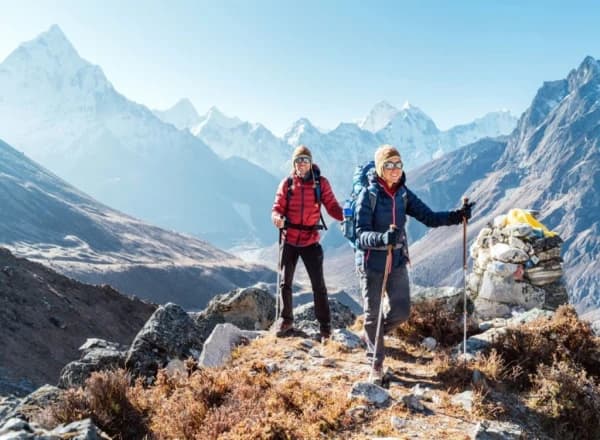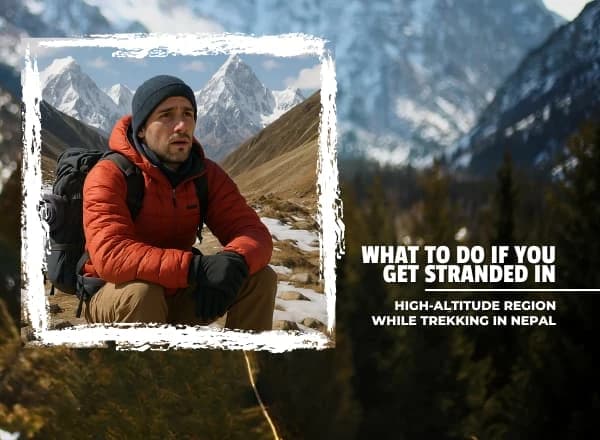In recent weeks, headlines across South Asia and the globe have been filled by the rising tensions between India and Pakistan. The tensions between the two countries rose when a terrorist attacked Indian administered Kashmir on April 22 and killed 26 people, and another 17 were injured, who were mostly Hindu. As a retaliation, India launched Operation Sindoor targeting militant hideouts in Pakistan-occupied territories on May 7, before that India suspended the Indus Water Treaty with Pakistan.
Understanding the Situation Between India and Pakistan
The India-Pakistan rivalry is one of the longest-standing and volatile geopolitical issues in the world. From time to time, tensions flare up between these two neighbouring countries due to territorial disputes or militant activity. These incidents often make the news headlines and may lead to a certain travel disruption near border areas.
As India carried out a military operation on May 7, targeting the terrorist group responsible for instability in the region. While such conflicts can raise concern, it is important to note that these events are limited to specific borders only.
But here’s what you need to know: Nepal is not part of this conflict and nowhere near the conflict.
Is Nepal Involved in the India-Pakistan Tension?
Absolutely not. Nepal has consistently maintained a policy of non-alignment and peaceful diplomacy. It shares strong bilateral ties with both India and Pakistan and avoids entanglement in their disputes. Nepal does not host foreign military bases, nor does it allow foreign troops to operate within its borders. Its official stance is neutral and focused on regional peace.
Furthermore, Nepal has not experienced any violent spillover or direct impacts from past India-Pakistan conflicts, and the current situation is no exception.
Is Nepal Safe to Travel Right Now?
Yes, Nepal remains one of the safest and most peaceful travel destinations in Asia.

There have been no travel advisories issued against Nepal by major nations, including the United States, the United Kingdom, Canada, Australia, or EU countries. All domestic and international flights are operating as normal, trekking routes are open, and tourism continues across the country. When tension between India and Pakistan started to rise, Nepal deployed its military on its border patrol 24/7 with tight security.
Tourist hotspots such as Kathmandu, Pokhara, Chitwan, Lumbini, and the entire Himalayan trekking network are functioning without any disruption and are way above the borders of India. Travelers are enjoying spring blooms, crystal-clear mountain views, and the cultural hospitality that Nepal is world-famous for.
Does Nepal Share Borders With Conflict Zones?
Nepal shares its southern, eastern, and western borders with India and its northern border with China (Tibet Autonomous Region). They are far from any direct conflict and are patrolled by the Nepal Army 24/7. The current India-Pakistan tension is largely centered around the Line of Control (LoC) in Jammu and Kashmir, which is hundreds of kilometers away from Nepal’s territory.
Occasionally, media reports raise concerns about Nepal's open border with India being used for unlawful movement. However, Nepal’s government and security forces have significantly strengthened border checks and surveillance in recent years, and for the past weeks, the border checks have become even more secure. The Nepalese Armed Police Force, Immigration Department, and intelligence agencies remain on alert and continue to cooperate with regional partners to ensure peace and order.
Could Tensions Spill Into Nepal?
The short answer is: very unlikely.
Historically, no India-Pakistan clash has ever led to violence or military disruption in Nepal. The country’s internal politics, economy, and society remain largely unaffected by such external developments. Even during past wars or standoffs between India and Pakistan (like in 1999, 2001, or 2019), tourism in Nepal remained stable.
Nepal is not a member of any military alliance or bloc that would involve it in such tensions. Its constitution explicitly supports neutrality, sovereignty, and peaceful foreign relations.
Also Read:
Are Flights to Nepal Affected?

As of now, no flights to or from Nepal are affected by the India-Pakistan situation. However, aviation authorities caution that a significant escalation between India and Pakistan could disrupt air connectivity, especially flights traversing through Pakistan's Airspace.
Gyandendra Bhul, spokesperson for the Civil Aviation Authority of Nepal (CAAN), noted that while current operations are stable, any intensification of the conflict might compel third-country airlines to reroute or suspend flights to Nepal. This is particularly pertinent for flights from Europe and the Gulf that typically pass through both Indian and Pakistani airspace.
However, Tribhuvan International Airport (KTM) in Kathmandu will always be functioning normally with full international connectivity. If you are concerned about transiting through Indian airports such as Delhi or Mumbai, there are plenty of alternative options available:
- Qatar Airways via Doha
- Emirates or FlyDubai via Dubai
- Turkish Airlines via Istanbul
- Thai Airways or AirAsia via Bangkok
- Malaysia Airlines via Kuala Lumpur
Nepal is well-connected and easily accessible, even if certain Indian airspaces see temporary restrictions.
Why Nepal Is a Safer Choice for South Asia Travel Right Now
While India and Pakistan deal with rising military and political tensions, Nepal offers a refreshing contrast of peace, nature, and adventure. For travelers seeking a safe and enriching experience in South Asia, Nepal remains a top choice for the following reasons:
- No civil unrest or armed conflict
- Low crime rate towards tourists
- A tourism-first economy that ensures international guests are well cared for
- Visa-on-arrival available for most nationalities
- Trekking infrastructure is world-class, with licensed guides, lodges, and helicopter evacuation support
- Hospitality and safety standards are continually improving
Nepal is not only safe—it’s serene, spiritual, and spectacularly scenic.
When Is the Best Time to Visit Nepal Amid the Regional Tension?
Spring (March to May) and autumn (September to November) are the best trekking seasons, offering crystal-clear skies and stable weather. Currently, popular treks like the Everest Base Camp Trek, Annapurna Circuit, Langtang Valley, and Manaslu Circuit are in full swing with no restrictions or warnings.
In the cities, cultural festivals, vibrant food markets, and UNESCO heritage tours are attracting thousands of visitors.
What Are We Doing at Beyond the Limits Treks & Expeditions?
At Beyond the Limits Treks & Expeditions, we understand that travelers may feel nervous due to the headlines. That’s why we’re offering the following support:
- Flexible travel date changes if needed
- Real-time updates on political and travel developments
- 24/7 support during your journey in Nepal
- Private group options for added peace of mind
Our mission is to ensure that your travel experience in Nepal is not only memorable but also worry-free.
Final Thoughts: Stay Informed, But Don’t Cancel Your Nepal Trip
While India and Pakistan’s ongoing friction might raise alarms for travelers unfamiliar with South Asia, it’s important to view Nepal in its own light. A peaceful Himalayan nation with a long tradition of hospitality, Nepal is not involved, not affected, and not unsafe.
Rather than cancel your trip, consider this an opportunity to explore a destination that offers everything—from soaring peaks and spiritual journeys to jungle safaris and ancient temples—without the uncertainty seen elsewhere in the region.
Nepal is not just open. Nepal is welcoming. Nepal is safe.
Still Have Questions?
Our travel experts are happy to provide guidance based on your itinerary and any real-time developments. Contact us here, or check out our most popular trekking and tour packages designed for safe, unforgettable travel in Nepal.
"Travel with Us, Make Your Life an Adventure"
Related Blogs












